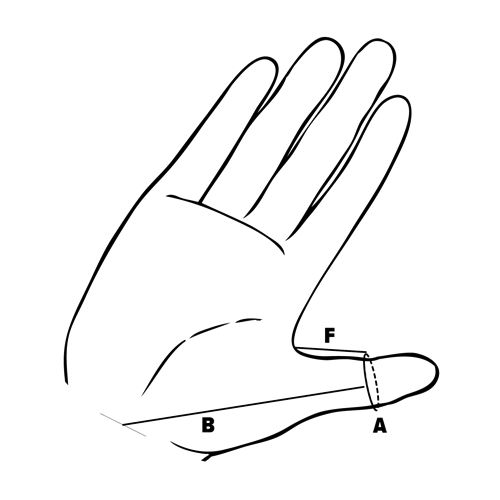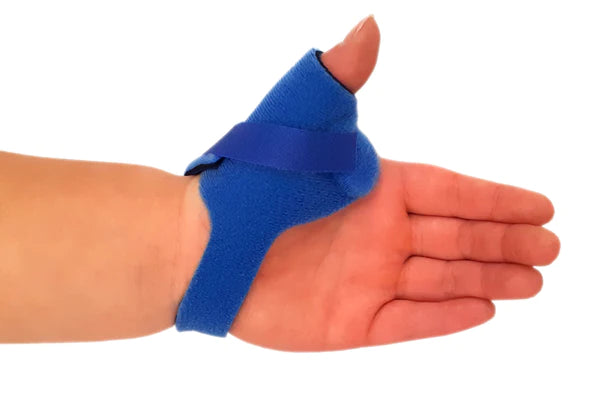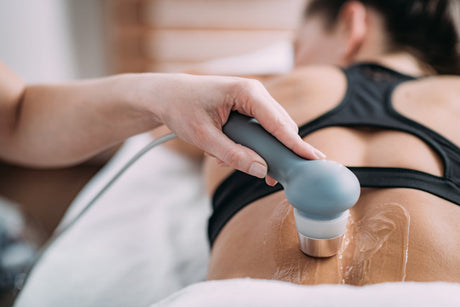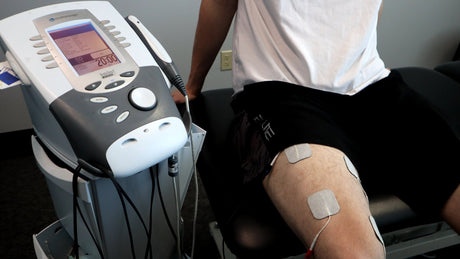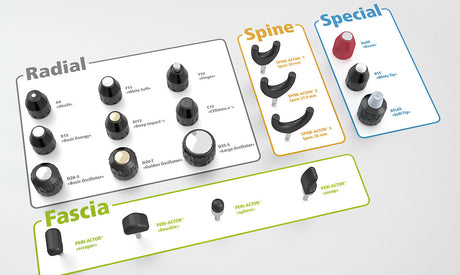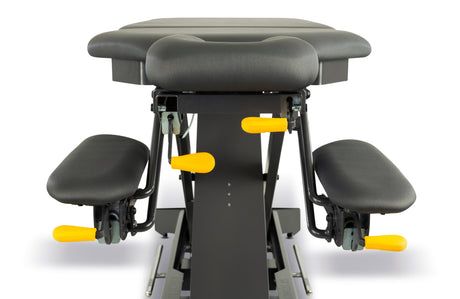
Pediatric WebStay Thumb Splint
Pediatric WebStay Thumb Splint - Right / P6 is backordered and will ship as soon as it is back in stock.
Shipping Information
Shipping Information
Product Information
Sizing
Documents / Videos
Reviews
McKie Web-Stay Thumb Splint Pediatric Sizes: P1, P2, P3, P4, P5, P6 (Birth - 12 years)
The McKie Thumb Splint with the addition of a moldable aquaplast stay over the web space between the thumb and pointer finger. The stay can be molded to the exact needs of the individual. This splint is recommended for moderate to severe spasticity when the thumb splint alone does not hold the thumb in opposition.
- Sized to fit Infants and toddlers Birth to 3 years old. (see sizing)
- Streamlined design dynamically assists grasp.
- Minimal palmar coverage allows the hand to function more normally -- to feel and manipulate objects.
- Made from 1.5 mm thick, washable, nylon-covered neoprene.
- The smooth side nylon is worn against the skin. The outer fabric is a closed loop Nylon fabric which allows attachment of the hook tape anywhere on the splint thus making it adaptable to a variety of applications.
- Latex free.
- Extra hook tape is available for purchase. Velcro® brand tape as well as other hook tape brands are used in the manufacture of the McKie Thumb Splint.
- Custom options include custom sizing, longer strapping, lengthened or shortened thumb, and plastic web stay.
Molding the plastic Web-Stay
- DO NOT PLACE SPLINT IN THE MICROWAVE
- Place the splint in a sealed plastic bag to keep the splint from getting wet.
- Submerse in boiling boiling water until the web-stay is softened. (will not take long)
- (Use Caution - Contents Will Be Hot) Remove splint from bag and allow it to cool slightly.
- Fit the splint to the user's hand, being very careful to avoid burns through prolonged contract.
How It Works
Neurological/ Developmental Deficits
- The thumb is drawn into opposition. The splint pulls in the same direction as muscle attached to the thumb.
- Because active, opposed grasp is supported, the potential for acquisition of abnormal, compensatory grasp patterns is diminished.
- The neoprene is only 1.5mm and coverage of the palm is minimal, thus adequate space is left in the hand to manipulate and explore objects.
- Normal hand use and development is thus not thwarted by the splint itself.
- For weakness and hypermobility at the M-P joint, strap placement at the head of the metacarpal will block hyperextension.
Arthritis/Injury
- The splint provides light compression.
- It cushions the thenar eminence and reduces joint play.
- At the C-M-C joint, the splint strap can be attached to provide lift to the thumb metacarpal and increase joint space.
- For weakness and hypermobility at the M-P joint, strap placement at the head of the metacarpal will block hyperextension.
Instructions
Applying Thumb Splint

Step 1: Put the thumb through the thumb hole. Orient the splint so that the stitching follows the crest of the web between thumb and index finger. Snug to fit comfortably. Draw the strap of the splint at an angle so that it drops below the corner of the palm. (For medical personnel, it sits below the pisiform bone). Pull the split strap so it continues around the back of the hand all the way around again to the palm side.
Step 2: Depending on your intent, you can attach the hook tape in either of 2 ways:
Option A: If you are experiencing thumb pain or arthritis at the base of the thumb (C-M-C joint), direct the pull of the strap up into the base of the thumb metacarpal as illustrated.
Option B: If you are attempting to improve grasp quality, attach the hook tape to put mild pressure on the head of the thumb metacarpal.
